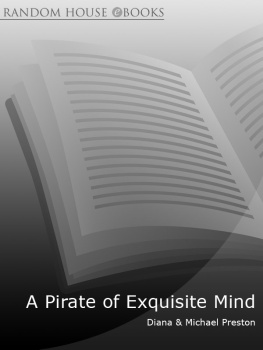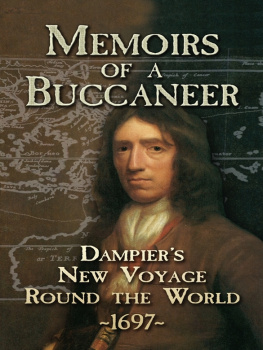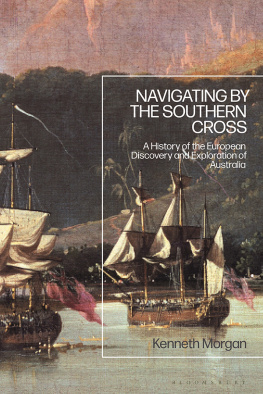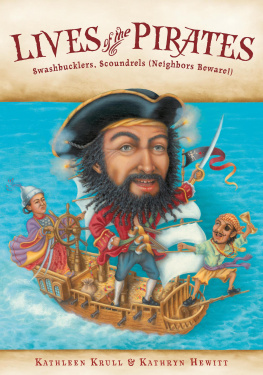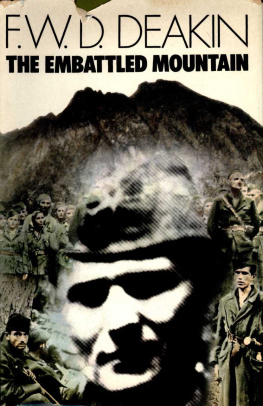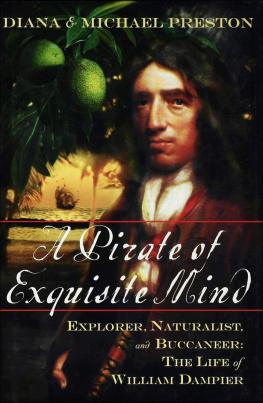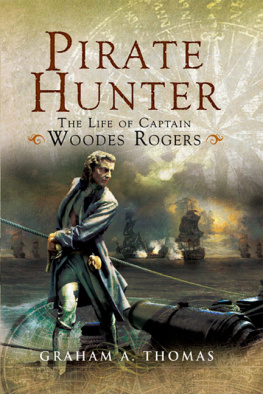A PIRATE
OF EXQUISITE MIND

D IANA & M ICHAEL P RESTON

This eBook is copyright material and must not be copied, reproduced, transferred, distributed, leased, licensed or publicly performed or used in any way except as specifically permitted in writing by the publishers, as allowed under the terms and conditions under which it was purchased or as strictly permitted by applicable copyright law. Any unauthorised distribution or use of this text may be a direct infringement of the authors and publishers rights and those responsible may be liable in law accordingly.
Version 1.0
Epub ISBN 9781446429181
www.randomhouse.co.uk
A PIRATE OF EXQUISITE MIND
A CORGI BOOK : 9780552772105
Originally published in Great Britain by Doubleday a division of Transworld Publishers
PRINTING HISTORY
Doubleday edition published 2004
Corgi edition published 2005
3 5 7 9 10 8 6 4
Copyright Diana and Michael Preston 2004
The right of Diana and Michael Preston to be identified as the authors of this work has been asserted in accordance with sections 77 and 78 of the Copyright Designs and Patents Act 1988.
Condition of Sale
This book is sold subject to the condition that it shall not, by way of trade or otherwise, be lent, re-sold, hired out or otherwise circulated in any form of binding or cover other than that in which it is published and without a similar condition including this condition being imposed on the subsequent purchaser.
Corgi Books are published by Transworld Publishers,
6163 Uxbridge Road, London W5 5SA,
A Random House Group Ltd
Addresses for companies within The Random House Group Limited can be found at: www.randomhouse.co.uk/offices.htm
CONTENTS
Diana Preston is an Oxford-trained historian, writer and broadcaster who lives in London. She is the author of The Road to Culloden Moor: Bonnie Prince Charlie and the 45 Rebellion; A First Rate Tragedy: Robert Falcon Scott and the Race to the South Pole; Besieged in Peking: The Story of the 1900 Boxer Rising and Wilful Murder: The Sinking of the Lusitania. Michael Preston, Diana Prestons husband, read English at Oxford University and is now an historian and traveller.
www.booksattransworld.co.uk
Also by Diana Preston
The Road to Culloden Moor: Bonnie Prince Charlie and the 45 Rebellion
A First Rate Tragedy: Robert Falcon Scott and the Race to the South Pole
Besieged in Peking: The Story of the 1900 Boxer Rising Wilful Murder: The Sinking of the Lusitania
ACKNOWLEDGEMENTS
W e are indebted to several individuals and organizations in the United Kingdom for their help and expertise: Peter Allmond, Bodleian Library, Oxford, who traced some rare publications; Dr Serena Marner of the Fielding-Druce Herbarium, Oxford University, for showing us the botanical specimens Dampier brought back from New Holland, New Guinea and Brazil; Mike Dorling, Collections Manager, the Sedgwick Museum of Earth Sciences, Cambridge, for access to the stone axe and slingshot Dampier brought back from his voyages. Dr James Kelly, Worcester College, Oxford, for his guidance on the story of the buccaneers and, in particular, for sharing his knowledge of Captain Sharp and of the parallels between Dampiers and Defoes writings; Professor Glyndwr Williams for his insight into the early history of Europeans in New Holland; Tim Severin for guidance on visiting the Darien; Patric Dickinson, Richmond Herald, College of Arms, for help with sources; and Richard Timmis for his kindness in allowing us to visit Hymerford House, and Pat Switzer, who gave us a fascinating tour. Our thanks also to the staff and archivists of the Bodleian Library, the British Library, the London Library, the Royal Society, the Public Record Office, the Guild Hall Library, the Bristol Central Library, the Bristol Record Office, the Somerset Record Office, and the Bury St Edmunds branch of the Suffolk Record Office.
In Australia, we greatly appreciated the help of Dr Mike McCarthy, of the Western Australia Maritime Museum, who advised us on our Australian research and travel, as well as sharing his experiences of his discovery of the wreck of the Roebuck off Ascension Island. We are also grateful to the Aboriginal communities of One Arm Point, especially Irene Davey, and of Bidyadanga, especially Edna Hopiga, Lenny Hopiga, Norman Munroe and Gordon Marshall, for allowing us to visit Dampiers landing sites at Karrakatta and Lagrange Bays. Both communities generously shared their peoples memories with us. We also appreciated the advice and expertise of Alex George and Roberta Cowan about Dampier and the flora and fauna of Western Australia, and the help of Hugh Edwards and Les Moss, who shared their knowledge of the history of Western Australia and Shark Bay in particular. The State Library of New South Wales gave us useful advice on sources. In addition, we thank Daniel Balint and Geoff Parker in Broome, who facilitated our visits to Karrakatta and Legrange Bays; Heath and Travis Francis, who took us in their boat to Dirk Hartog Island; Quoin Sellenger and Lini Ironfield of the Monkey Mia Dolphin Resort; Alex Dent, who led us into the bush; and Qantas, Skywest Airlines, and the Western Australia Tourist Commission, which helped make our visits possible.
In the United States, we are grateful in particular to Dr Joel Baer of Macalester College, who generously shared some of his own research with us and pointed us to other potential sources of information; Dr Susan Solomon for advice about the history of meteorology; and Lily Bardi-Ullmann, who once again tirelessly tracked down rare publications. We would also like to thank Jean Merritt Mihalyka for her advice about the Accomack County Records and the staffs of the Virginia Record Office, the Mariners Museum, Newport News, the Jamestown Museum, the College of William and Mary, Williamsburg, and the Peabody Essex Museum, Salem, for their helpful responses to our requests for information.
In Panama, our thanks go to Marco Gandasegui of Ancon Expeditions, who arranged for us to see as much of the Darien associated with Dampier as was possible, given armed activity in some places, and to our guide, naturalist Alvaro Perez, who not only saved us from snakes but opened our eyes to the beauty of the rainforest. In Jamaica, Colin MacDonalds insights, as he took us around Spanish Town and to the site of Bybrook, were invaluable. In Hong Kong, we appreciated the advice of the Hong Kong Geographical Society, in particular Jacs Taylor-Smith, Catherine Hui, and Ron Clibborn-Dyer, about St. Johns Island. For our trip to the Galapagos, we are grateful to David Howells of Galapagos Adventure Tours, to our guide, Juan Talapia, and to the crew of the sailing yacht Sulidae. In Southeast Asia, we are grateful to Robert Scoble for his advice on the history of the region and for helping us arrange our travel. Our grateful thanks also to the crew of the brigantine Soren Larsen for sharing their knowledge of the sea and sailing ships and for tolerating our landlubberly attempts at rope hauling, steering and sail-setting with kindness and good humour.
The advice of our agents, Bill Hamilton in London and Michael Carlisle in New York, has, as usual, been invaluable. So has the support and encouragement of George Gibson and his excellent team at Walker & Company in the United States and of Marianne Velmans at Transworld/Doubleday in the United Kingdom. Family and friends have as ever been generous with their support and encouragement. We especially want to thank St John Brown, Clinton Leeks, Kim and Sharon Lewison and Neil Munro for their insightful comments on the draft, Lydia Lewison for help with Spanish translation, and Donald and Ingrid Wallace for their medical advice, in particular on reasons why livers go black and dry.

